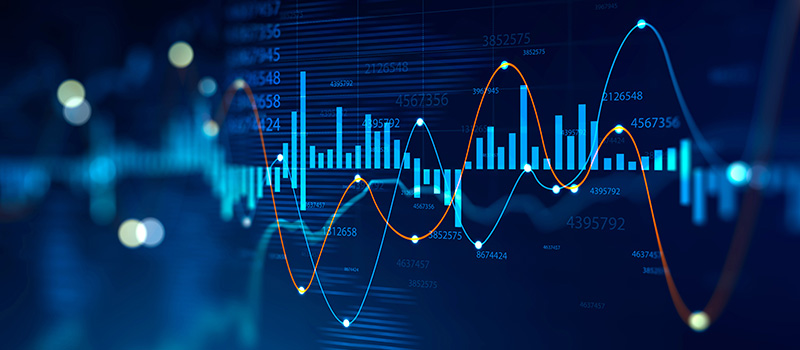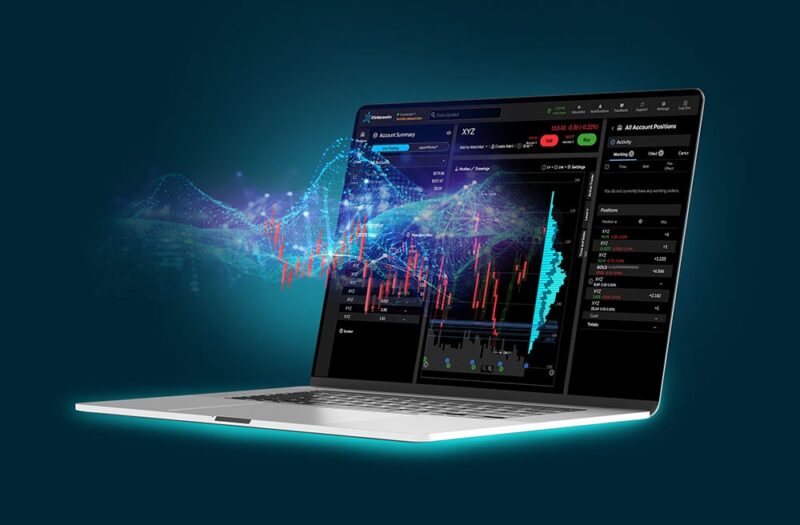In an age where digital trading is nearly second nature for many, trading simulators have emerged as powerful tools for aspiring traders and seasoned investors alike. These virtual platforms offer a glimpse into the bustling world of financial markets without the high-stakes risk of real-money trading.
However, as more people dive into these simulators, a pressing question arises: just how realistic are they? Are they mere playthings, or do they embody the genuine dynamics of trading? This article seeks to unravel the myths surrounding trading simulators and establish clear expectations for those who rely on them. From the intricacies of market behavior to the psychological pressures traders face, we will explore whether these simulations truly prepare users for the complex realities of trading in live markets.
Buckle up as we embark on a journey through the digital landscape of trading simulators, illuminating the fine line between reality and redirection.
Myth 1: Trading Simulators Mirror Real Market Conditions

Bar replay free tool can be an excellent way to practice trading, but many aspiring traders fall into the trap of believing that trading simulators perfectly replicate real market conditions. At first glance, the intricacies of a simulator, with its charts, indicators, and market movements, seem to echo the vibrant chaos of live trading.
However, beneath this facade lies a stark reality. Simulators often operate in a vacuum, free from the emotional turmoil and psychological pressures that accompany actual trading.
The absence of real financial stakes can lead to overly confident decision-making, resulting in a false sense of security. Additionally, simulators may not reflect the delays, slippage, or unforeseen events that can rapidly change market dynamics.
While these tools can offer valuable practice, it’s crucial to recognize that they are merely a shadow of the unpredictable and often volatile environment of real-world trading.
Myth 2: All Trading Simulators Offer the Same Experience

One of the most pervasive misconceptions is that all trading simulators are created equal, a notion that can lead novice traders astray. In reality, trading simulators vary widely in terms of features, realism, and educational value.
Some platforms offer sophisticated tools that mimic real market conditions, complete with live data feeds and a myriad of trading instruments, while others may provide a stripped-down experience that fails to capture the nuances of actual trading. For instance, certain simulators may lack critical elements like transaction costs or market slippage, which are intrinsic to real-life trading.
Consequently, a trader reliant on a simplistic simulator may develop unrealistic expectations, entering the market ill-prepared for the challenges that await. The key, then, lies in selecting a simulator that closely aligns with your trading goals and offers a robust, authentic environment to hone your skills.
Myth 3: Success in Simulators Guarantees Success in Real Trading

Its a common misconception that excelling in trading simulators automatically translates to real-world success. While simulators provide a safe haven for novice traders to hone their skills without financial risk, they often fall short in replicating the emotional and psychological pressures of trading with real money.
In the virtual realm, every decision feels consequences-free, which can lead to overconfidence and a false sense of security. Real trading, however, introduces a multitude of unpredictable factors: market volatility, personal biases, and the very real weight of potential loss.
As traders transition from the simulated environment to the live markets, they frequently encounter stark realities that can significantly impact their decision-making. Therefore, while simulators can be valuable educational tools, they should not be mistaken for foolproof predictors of trading success.
Conclusion
In conclusion, while trading simulators serve as valuable tools for novice and experienced traders alike, its essential to approach them with an understanding of their limitations. Many myths surrounding their realism can lead to misguided expectations about live market conditions and trading outcomes.
By recognizing these limitations and incorporating tools like the bar replay feature, traders can enhance their learning experience, gain a deeper understanding of market dynamics, and build more effective strategies. Ultimately, while simulators can mimic certain aspects of trading, successful trading in the real world requires adapting to ever-changing market conditions and honing one’s skills through continued practice and education.


